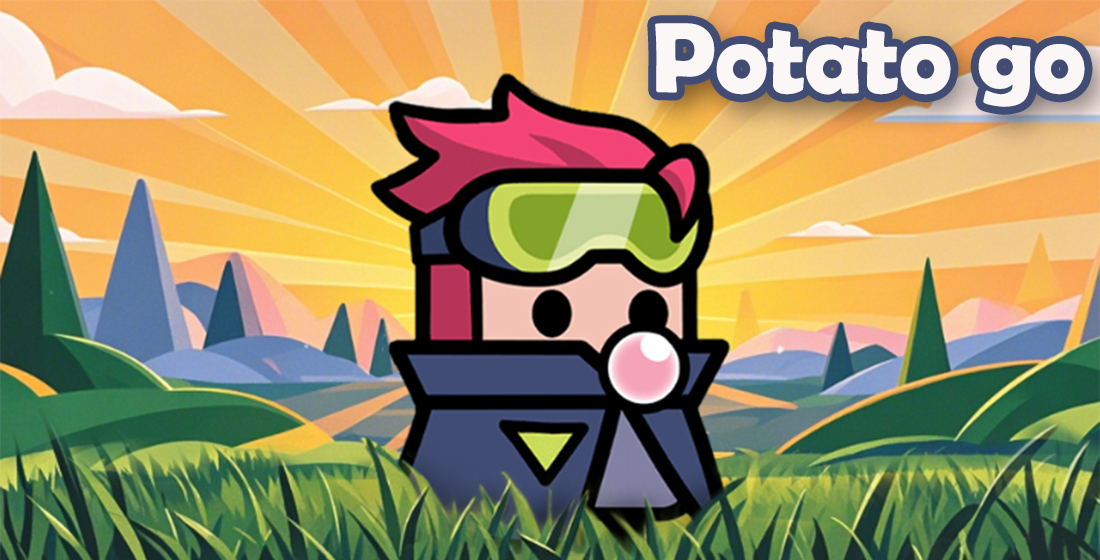Rise of the Idle Realm: Unpacking Simulation Craze
Simulation entertainment—specifically simulation games and their addictive offspring, clicker games, have experienced explosive growth. From casual phone tap sessions to full fledged strategy marathons, these experiences have become a cornerstone in the digital diets of Gen Z and Millennials alike. While some might argue this rise seems random, underlying behavioral patterns show just how engineered and compelling this form has become. Let's take an in-depth look at how virtual realms—from digital ant farms to empire-builders—hook us with mechanics more subtle than you'd expect.
Mechanics Behind the Obsession: Taps that Trap
The allure lies not just in repetitive clicking but in the interplay of instant feedback loops with gradual dopamine drip-feeding mechanisms. Whether you're tapping for currency or auto-collecting resources, developers weaponized neuro-science against us long before we realized what hit us.
| Mechanic | Description | Packaged Appeal |
|---|---|---|
| Progress Multipliers | In-game bonuses triggered through micro-tasks | Growth satisfaction despite passive participation |
| Epic Unlockables | Campaign progression revealing major assets after hours spent | FOMO & prestige-driven persistence |
| Social Sharing Loops | Promoting bragging achievements across platforms | Fuel competition + peer recognition needs |
| Rare Rewards Timer Systems | Time-limited rewards creating return habits | Habitual engagement formation |
- If you're grinding Clash of Clans alongside clickers—you may recognize synergy elements:
- Bulk upgrade systems mirror clan leveling curves
- Aesthetic customization fuels non-monetary player motivation
- Auto-gathered resources echo alliance donation dynamics
- Daily challenge loops create sticky session patterns like PvP raid schedules do
Gen Z & Millennial Behavior Drivers in Gaming Trends
For digitally native audiences raised on hyper-connected ecosystems, simulation genres serve as a frequent break from heavy narrative demands while providing structure within chaotic work-life environments. They offer bite-sized control in increasingly unpredictable worlds—which is part survival mechanism, and part emotional design trickery.
Consider mobile vs desktop behaviors across Uzbekstan's Gen Y cohort alone—the average user juggles between **18-32 apps daily**, often dipping into quick-fire gameplay when attention resets are needed between social media binges.
"A tap mechanic takes five seconds; it leaves lasting reward impressions"
- Short-session gameplay fits fractured smartphone workflows better than FPS launch times requiring full device loadouts
- Reward cycles synchronize well with music streaming intermissions (~1.5 minutes optimal)
- Micro-mastery gives players low stakes success moments—a counter-weight to global instability themes surfacing in real-life news feeds
Co-Op Role Play Games in Shared Simulation Experiences
When expanding toward richer interaction frameworks, hybrid formats emerge. The appeal isn't purely solo anymore—shared sandbox narratives where resource management blends with story-based choices now dominate PC co op rpg gaming markets. Take note of these emergent play-pattern intersections:- Idle progress → party shared loot pool contributions (economy overlap)
- Scheduled events → cooperative guild quest planning
- Customization skins (avatars) → shared visual identity across linked games
This table explores leading crossover games merging solo and team simulations:
| Crossover Titles Blending Player Collaboration Styles | ||
|---|---|---|
| Title | Premier Gameplay Mix | User Growth Rate (Last Year) |
| Merge Dragons × multiplayer leagues | Idle resource + squad puzzle matching | +67% |
| Tap Titans × raid events | Action idle + weekly group bosses | +58% surge post-social push |
| Farming Sim + Discord integration pack | Sim + cross-play market system expansion pack | New segment adoption: +22k installs/mo in Eurasia region incl. UZB users |
Behind Developer Blueprints: Psychology First Strategy
Designers know they don’t merely create mechanics. Instead of building 'better games,' teams optimize human psychological models under stress and downtime scenarios—particularly effective among populations seeking mental anchors amidst unstable macro-economic pressures. In Uzbekistan's case, fluctuating local currencies combined with rapid digital infrastructure shifts created unique fertile conditions ripe for engagement-focused simulations. This explains why auto-play features gained mainstream adoption three times faster there compared to western European markets. Local devs integrated regional holidays and festivals much quicker within UI seasonal updates—an overlooked edge factor.Challenges Facing Evolving Simulation Models
While current trajectories seem boundless, cautionary tales simmer below. For instance:— Will over-exposure kill niche innovation momentum? [Source]
— Or could oversimplification render simulation genre disposable beyond core casual circles? Another issue remains monetization fatigue creeping in—especially when free-tier walls pop up after minute six across titles labeled “open-play." However new models experiment with decentralized currencies tied across best clans in Clash of Clans communities showing unexpected potential beyond conventional paywalls. Some studios even trial NFT-backed upgrades allowing asset transfers across different simulation universes—a concept currently bubbling around the $50M USD ecosystem valuation.

- Shifting towards value-first monetization rather than lockout barriers appears inevitable.
- Mobile-first economies demand optimized rendering tech given lower hardware specs used outside metro centers like Tashkent.
- Cross-game synchronization tech faces hurdles around latency and sync conflicts affecting Uzbek remote provinces more strongly
The Evolution Path Ahead
Simulation isn't plateaued by any stretch. We see early signs suggesting VR integrations, AI companions learning behavior habits mid-play cycles, plus modular level creators letting players craft next-generation challenges—not just repeat tap loops.If past years gave us cookie clicking empires, coming ones promise personalized worldscaping layers. And with rising interest in "best pc co op rpg games" hinting toward collaborative exploration surges, the whole space will evolve quickly—demanding designers adapt faster or fall away. What matters ultimately: the sweet spot between reward frequency and player autonomy remains untouched in majority titles so far. Those harnessing localized nuances effectively will carve niches others overlook—including previously untapped cultural resonance angles particularly relevant across growing Eurasia corridors. That includes Uzbekistani demographics, still somewhat under-represented officially but highly digitally participatory informally.


